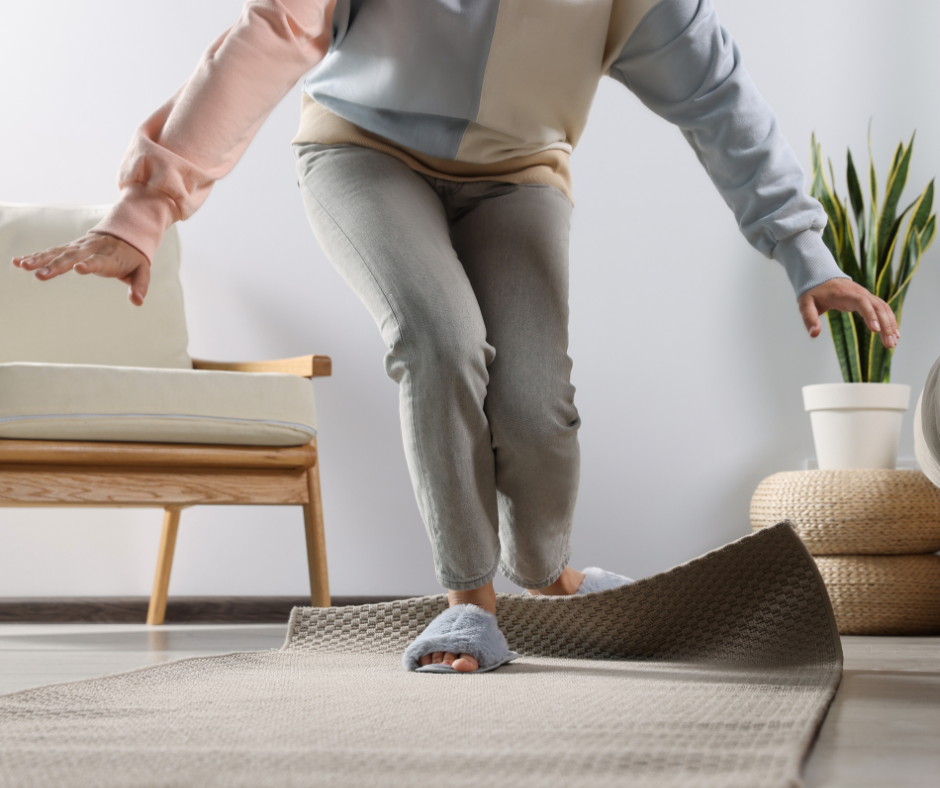September is Falls Awareness Month, a timely reminder to protect ourselves and our loved ones, especially older adults, from the dangers of falling at home.
At Southern Maryland Foot & Ankle, we know that small efforts can do a lot to improve our patients’ overall safety. Your feet, footwear, and home environment all play a critical role in fall prevention, and for this blog, we’ll explain how you can make the most of them!
A Home Safety Checklist: Your Guide to Preventing Falls
Here are some easy-to-follow tips to help make your home a safer place:
1. Wear Supportive Footwear (Indoors, Too!)
Avoid walking barefoot or only in socks around the house. Instead, choose indoor shoes or supportive slippers with:
- Non-slip soles for good traction.
- Good arch support to maintain foot alignment.
- A secure fit (avoid loose, backless slippers that can easily slide off).
Foot pain and instability can lead to poor balance. Talk to our podiatrists if you feel unstable in your shoes and they may be able to recommend more supportive shoes.
2. Light the Way to Safety
Poor lighting is a major contributor to nighttime falls. Ensure your home is well-lit:
- Add night lights in hallways, bedrooms, and especially the path to the bathroom.
- Use brighter bulbs in areas where lighting is dim.
- Keep a flashlight by your bed in case of a power outage.
3. Declutter Walkways and Common Areas
Trip hazards are one of the most common causes of falls. Keep paths clear by:
- Removing throw rugs or securing them firmly with double-sided tape or non-slip backing.
- Keeping electrical cords and charging cables out of walkways.
- Storing shoes, bags, pet toys, and other items off the floor.
4. Install Handrails and Grab Bars for Support
Safety supports can make a huge difference in high-risk areas:
- Add grab bars in the bathroom, both near the toilet and inside the shower or tub.
- Ensure stair railings are sturdy and extend the full length of the stairs on both sides if possible.
5. Strengthen Your Foundation: Feet & Ankles
Weak or unstable feet and ankles can directly contribute to poor balance.
- We can provide guidance on simple, safe exercises to help strengthen your lower limbs, improve stability, and enhance your confidence with every step!
6. Schedule a Proactive Foot Health Check
Underlying foot problems can significantly increase your fall risk. Conditions like foot pain, bunions, arthritis, or nerve issues (neuropathy) can all affect your stability.
- During a foot health check, our team can assess your fall risk, recommend appropriate footwear, and determine if custom orthotics are needed to improve your balance and support.
Protecting your independence starts with preventing falls before they happen. If you or a loved one has experienced foot pain, instability, or recent falls, reach out to us today! Our team is dedicated to providing quality, up-to-date, proven treatments in a friendly and comfortable setting. Give us a call to schedule your next appointment.

